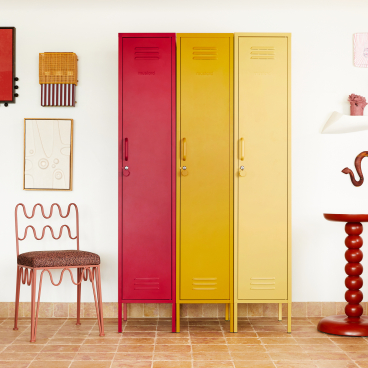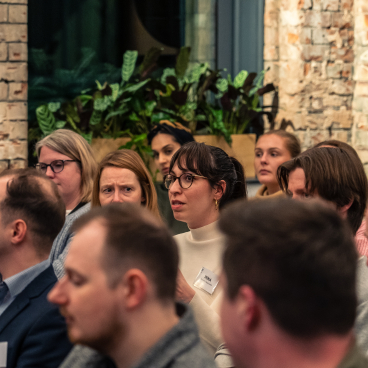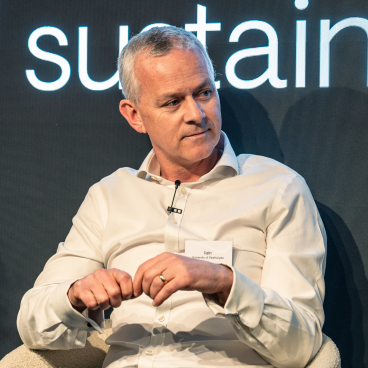Are sustainability and value engineering incompatible?
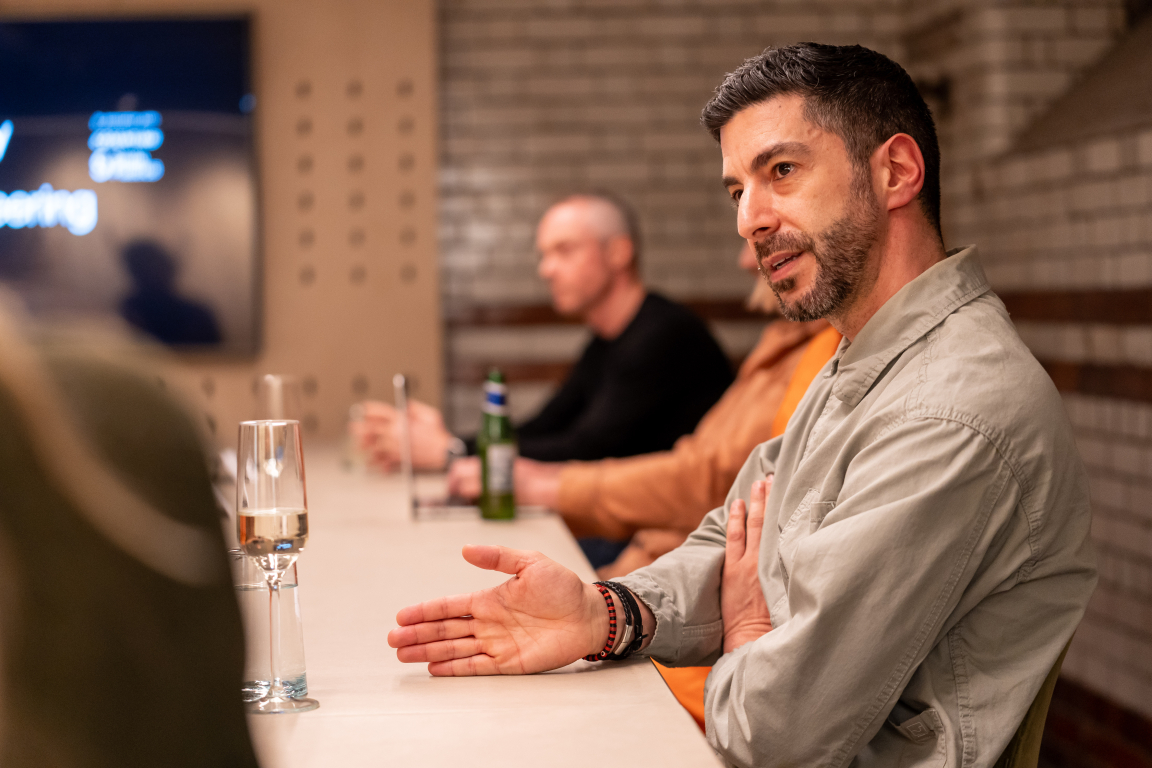
Following on from our seminar on the 'real cost of sustainability', we hosted a roundtable to further investigate some of the shared commonalities between - and challenges faced by - our community, when it comes to designing more sustainably-sound schemes.
Putting 'value engineering' at the centre of the conversation - a process which has, in our past discussions, almost always been referred to in a negative sense - it was refreshing, if not slightly surprising, to hear it described as a positive aspect in the built environment's collective journey to a more sustainable future. More on that later.
Setting the tone for open and frank discourse, Material Source director, David Smalley, cut to the chase in his first set of questions for our well-placed group of guests: "Are we going round in circles? Are the barriers to sustainability stubbornly the same as they were 20-years ago? Everyone talks about the environment - does anyone really care? Or is it just about the money?"
Our guests
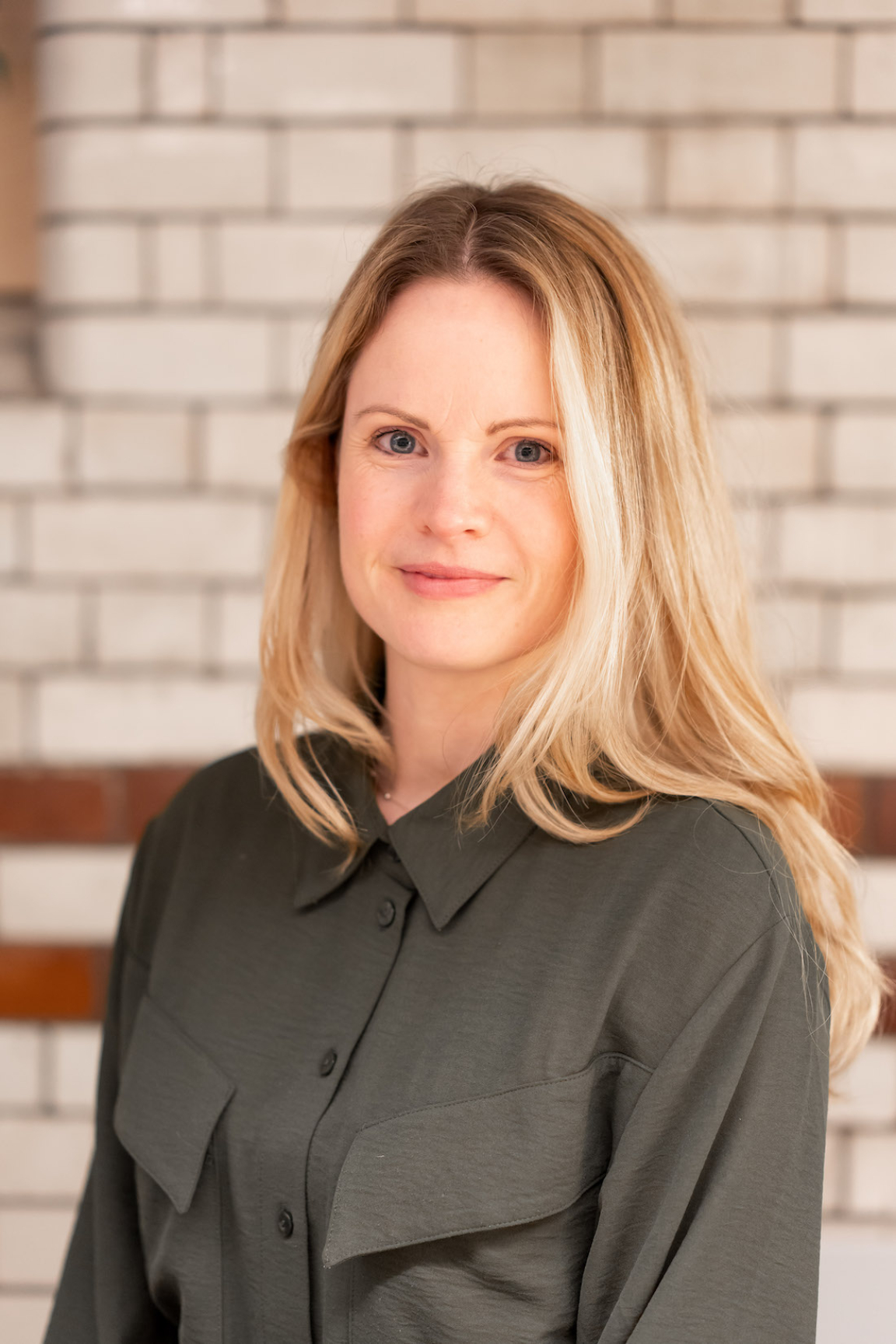
Lauren Maylor, co-founder & director, Project Studio
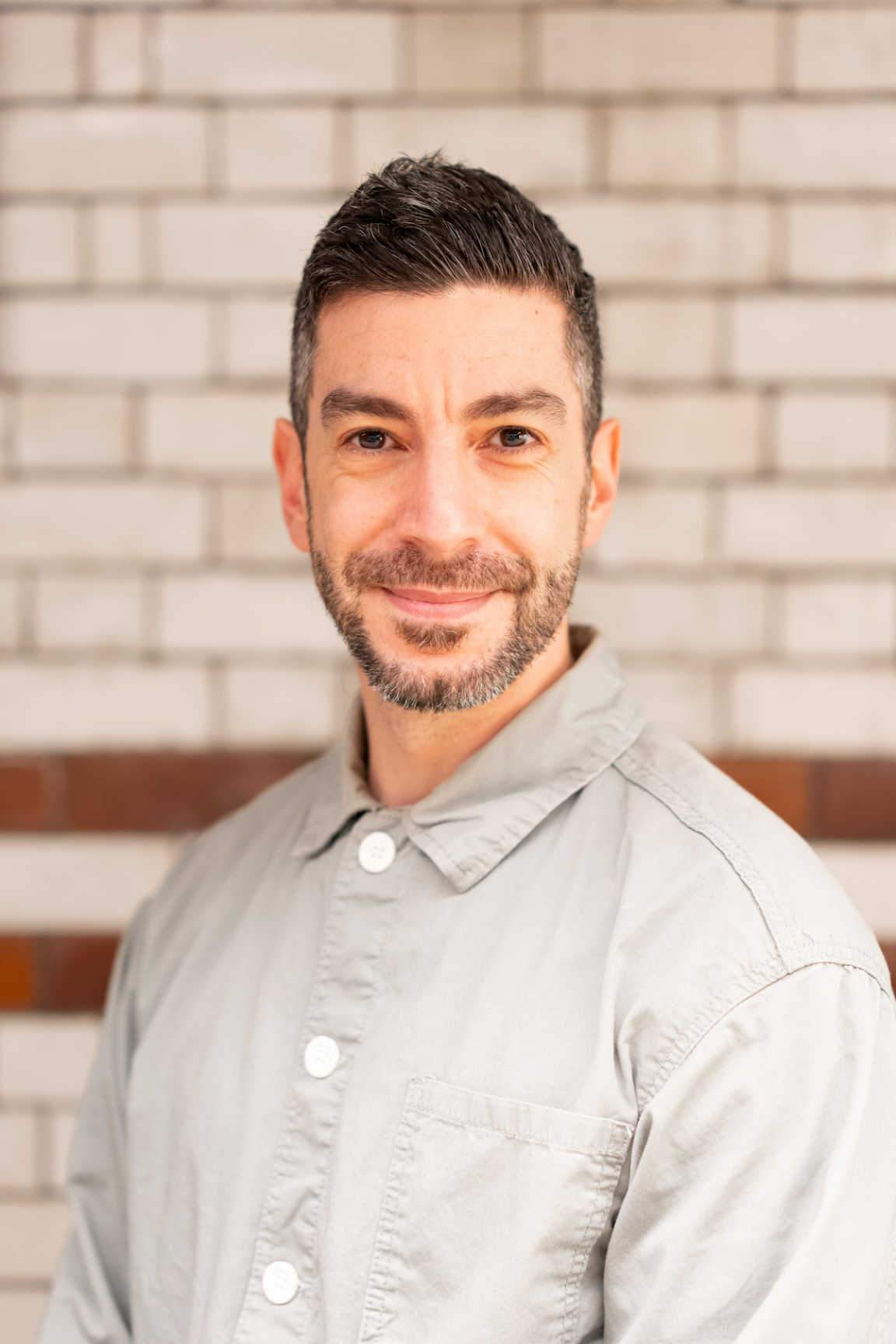
Howard Powsney, director, Incognito
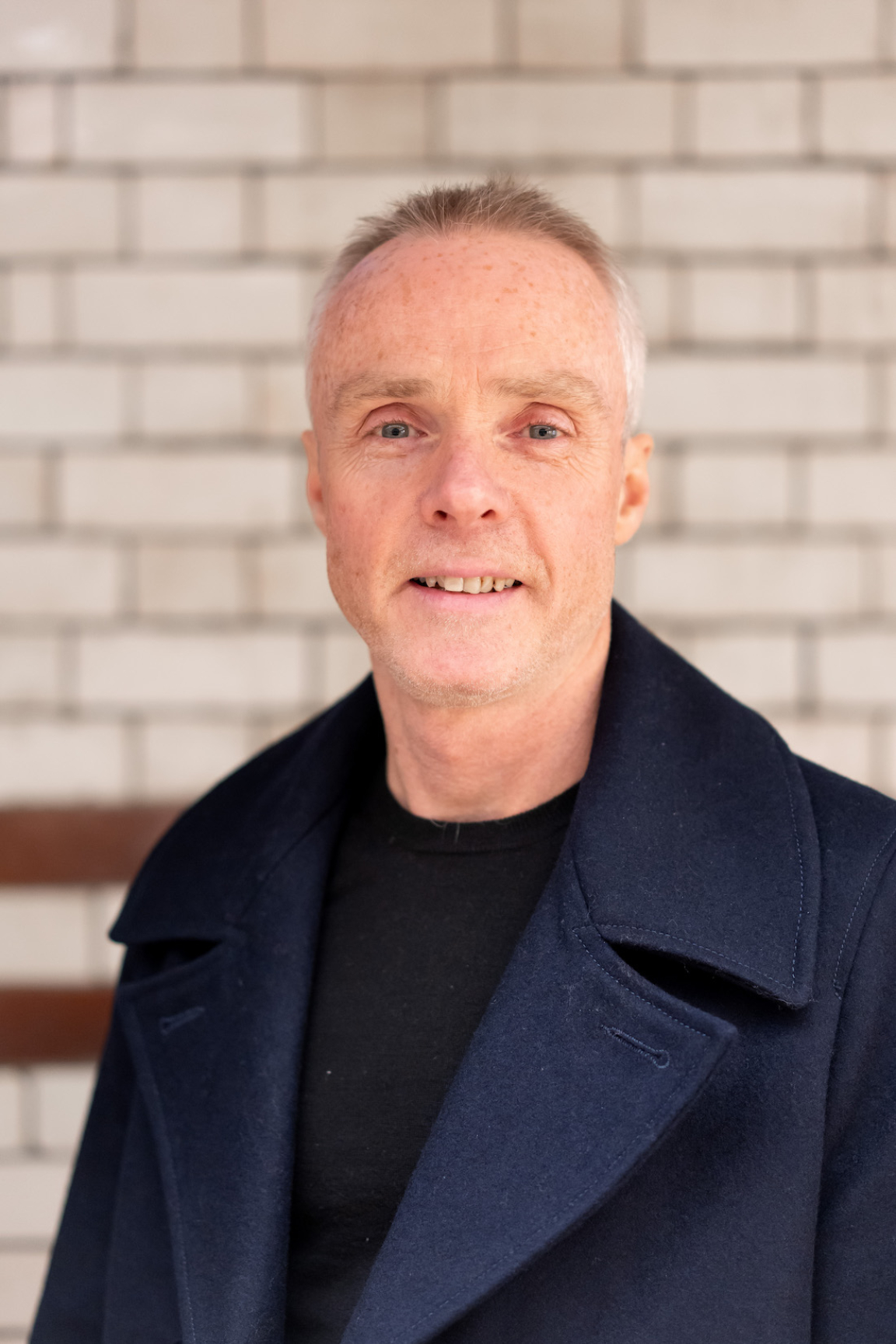
Andrew Keating, manager, Flexible Business Interiors
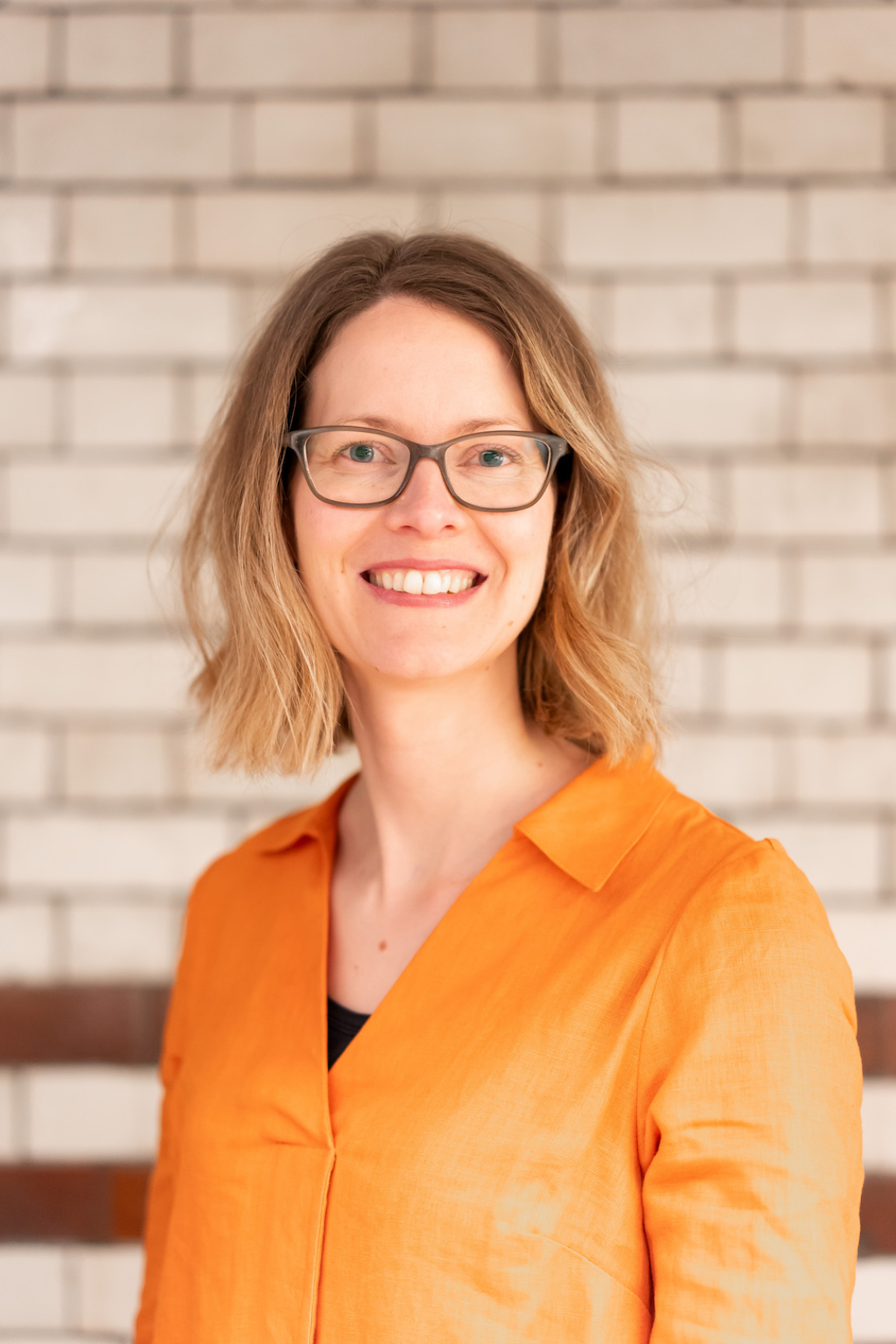
Ellie Kuitunen, principal consultant, Hydrock
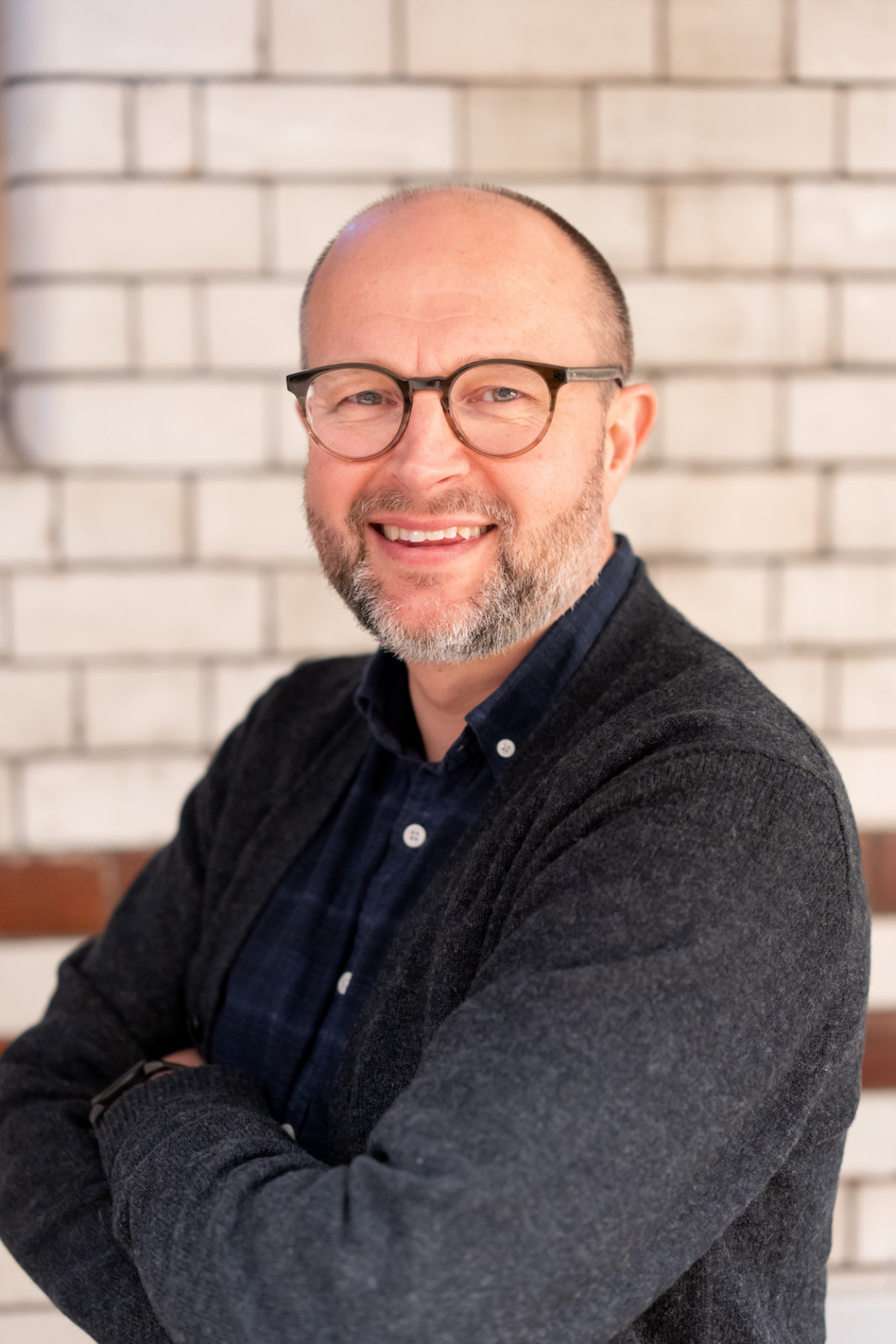
Jason Cox, general manager, Cosentino
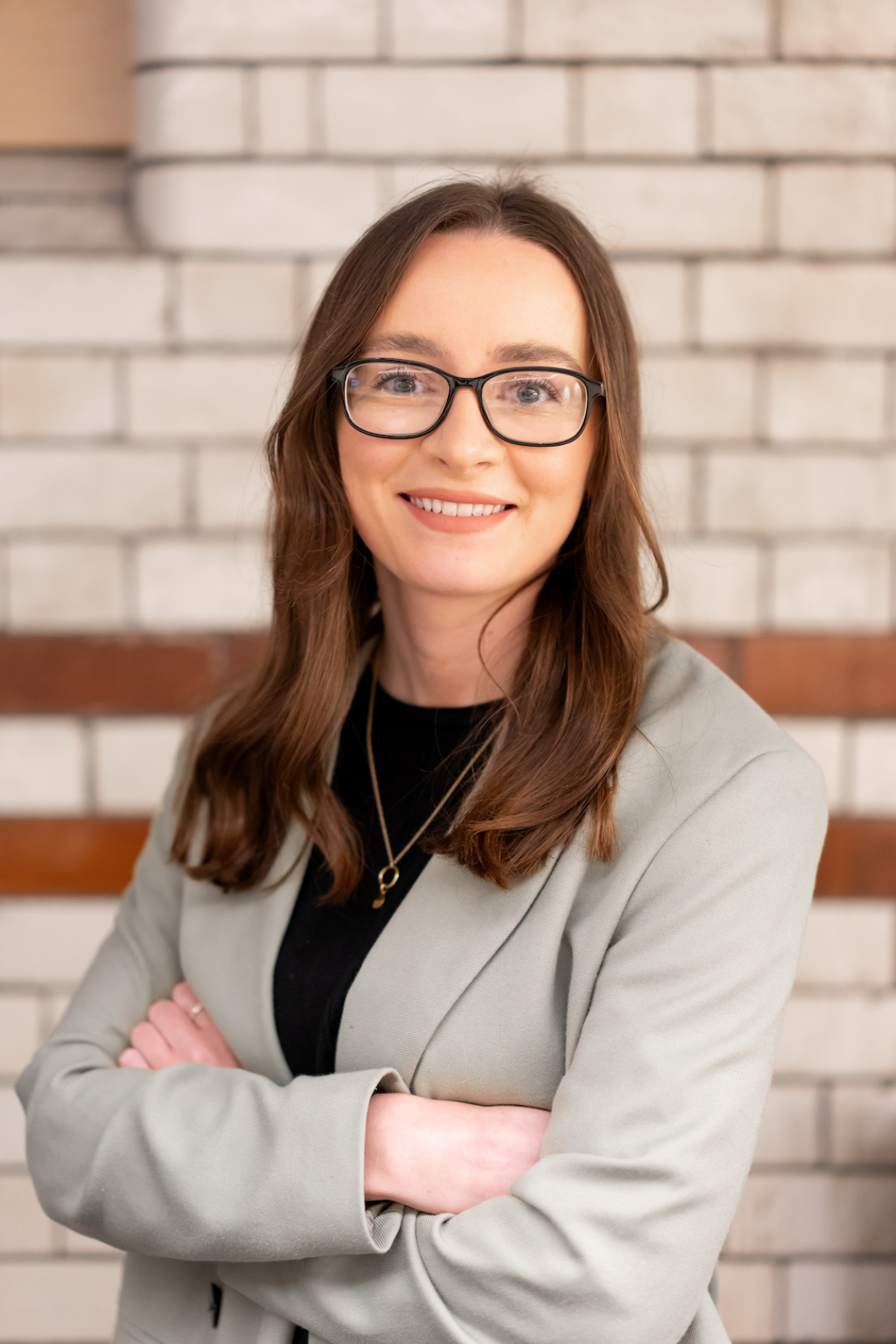
Ellie McCrum, associate designer, Ekho Studio
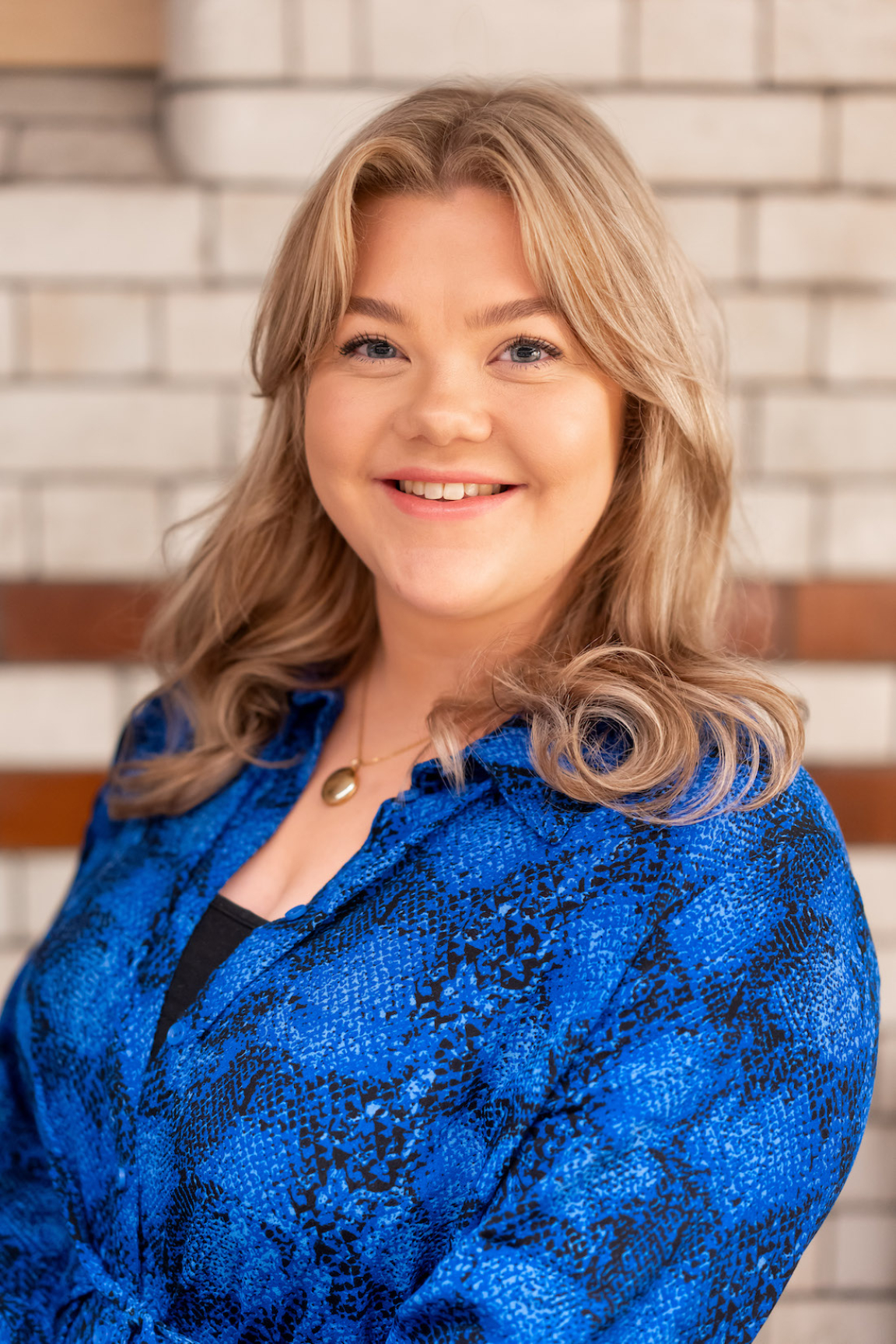
Phoebe Threlfall, associate planner, SLR Consulting
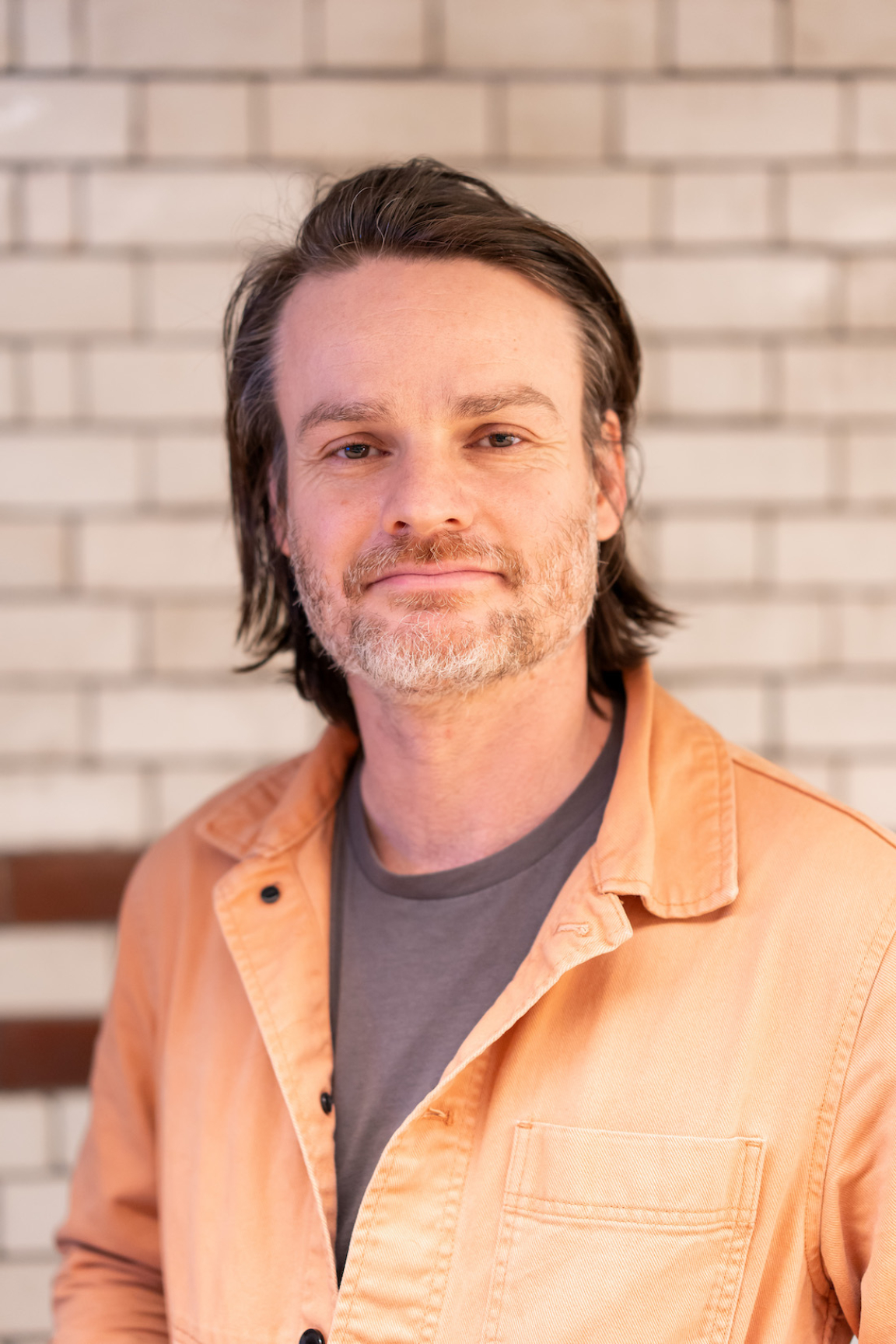
Adam Fairweather, founder director, Smile Plastics
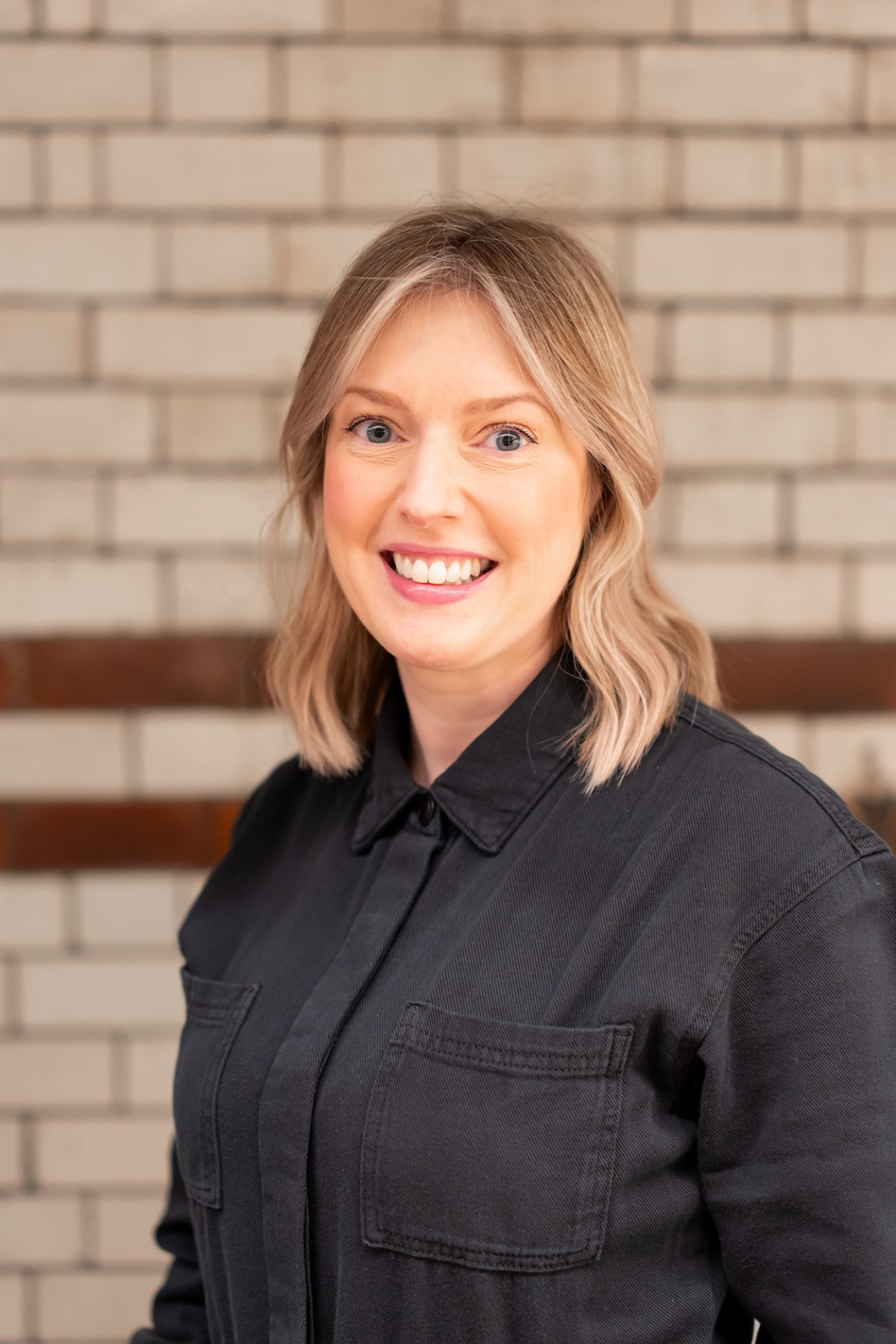
Christina Belkacem, owner, Elka Studio
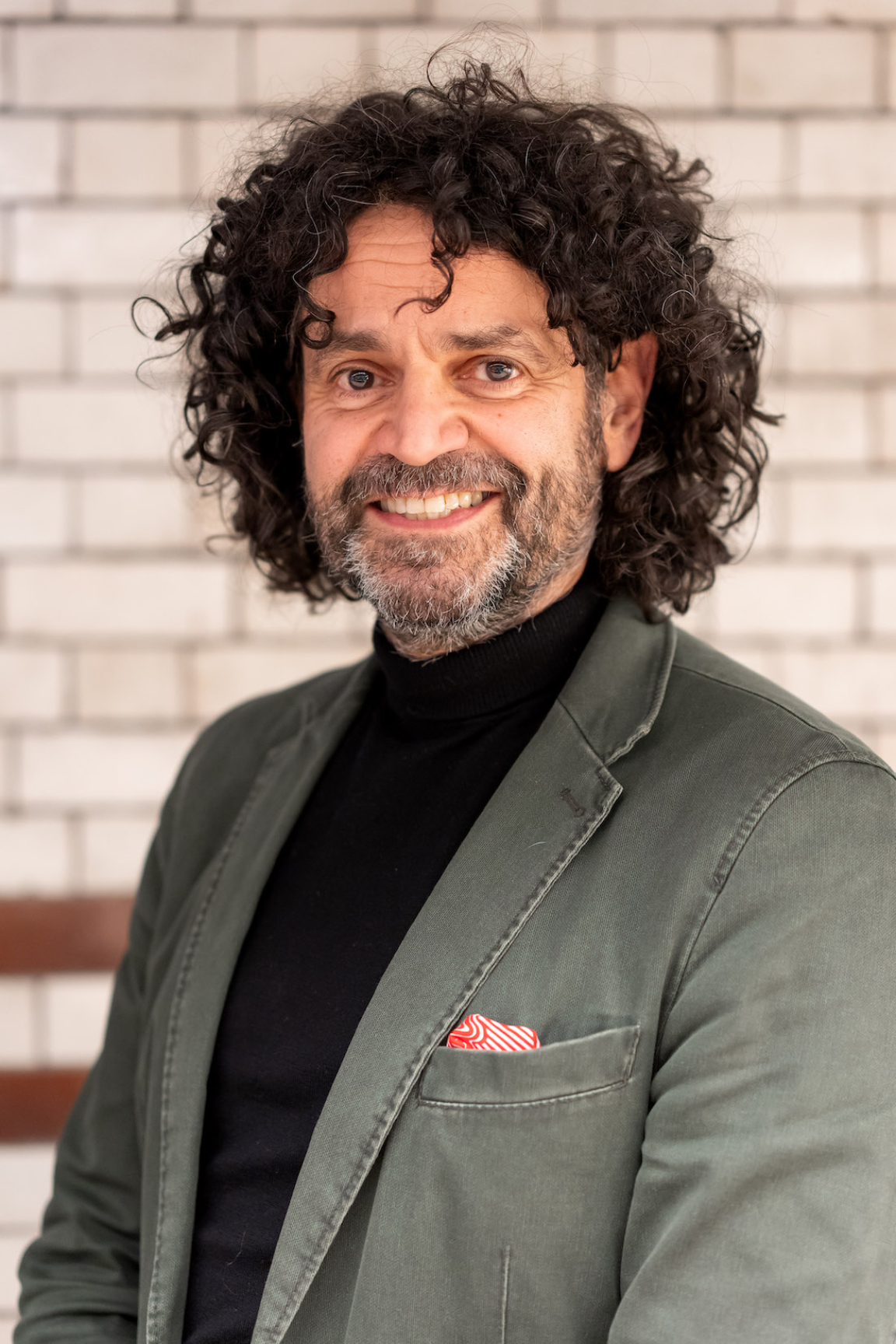
David Smalley, director, Material Source
'I can get it cheaper'...
Lots of nods around the table were followed up with examples alluding to the same sentiment: there is always a budget.
"On one hand, I agree", shared Howard Powsney, director, Incognito, “In our experience, clients can be extremely enthusiastic about aiming for every kind of certification on offer, or wanting a high percentage of sustainable products included in their schemes, however they can then be easily put off when the associated costs are revealed.
“The selections we make as designers when sustainability is a key focus for a project can undoubtedly lead to additional expense, so it is important that design teams educate clients and remind them that sustainability isn’t just a tick-box exercise. There has to be a level of understanding that in order to achieve these much sought after accreditations, certain products and materials will need to be specified, and they won’t necessarily be the most cost effective due to the complicated process that has led to their manufacture. In some cases years of experience and highly technical manufacturing techniques are required to make a more environmentally friendly product, and this must be taken into account. Unfortunately, budget constraints quite often require us to revisit our specifications and the ambitions for sustainability accreditations are lost.”
Phoebe Threlfall, associate planner, SLR Consulting, concurred that from speaking with project managers on the front-line of product selection, often the scope is defined by budget. "That is the key driver for a lot of developers - 'this is what we've got, this is how much it should cost, make it happen." Though recently, she has heard that perceptions are starting to change, with sustainability becoming more prominent in the decision-making process.
"It's difficult though", added Andrew Keating, manager, Flexible Business Interiors, "because the client has a budget from day one, and you speak to the designers and consultants, and they indicate their aspirations from a sustainability perspective, but until it's been designed and specified, gone to a contractor, tendered, and the prices have come back, it's hard to say what the final price of the job will be. And that may not then marry up with the client's original budget."
While clearly there has to be some outline of budget to start the process of a project, it seems there can be a disconnect between what clients want, and what they are prepared to pay for. Are there perhaps communication gaps along the line, or people left out of the process who could play a crucial role in ensuring greater sustainability is adhered to within the cost perimeters set?
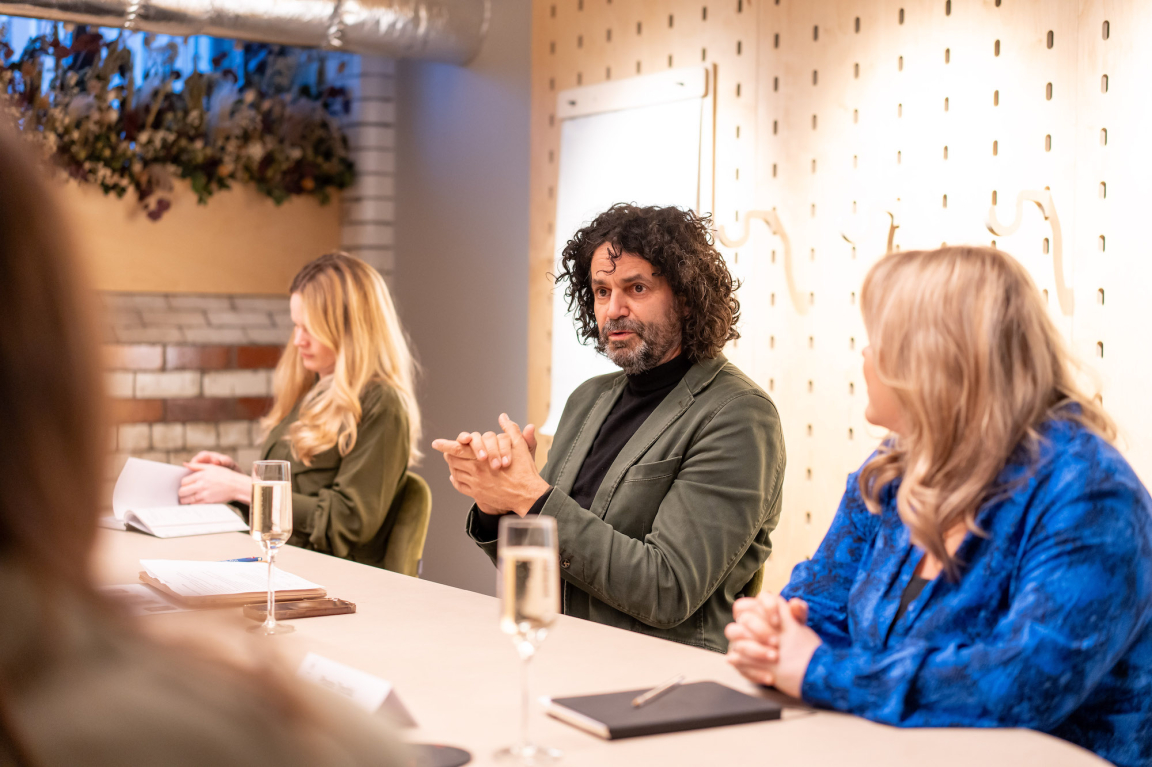
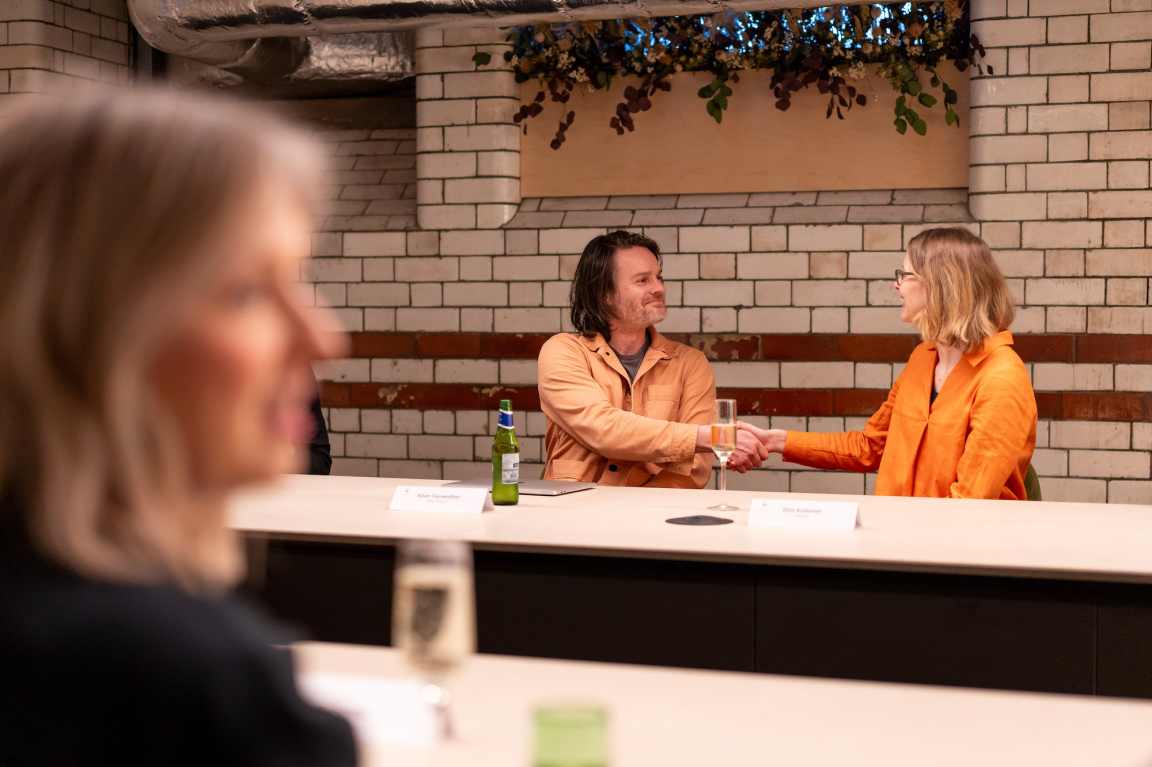
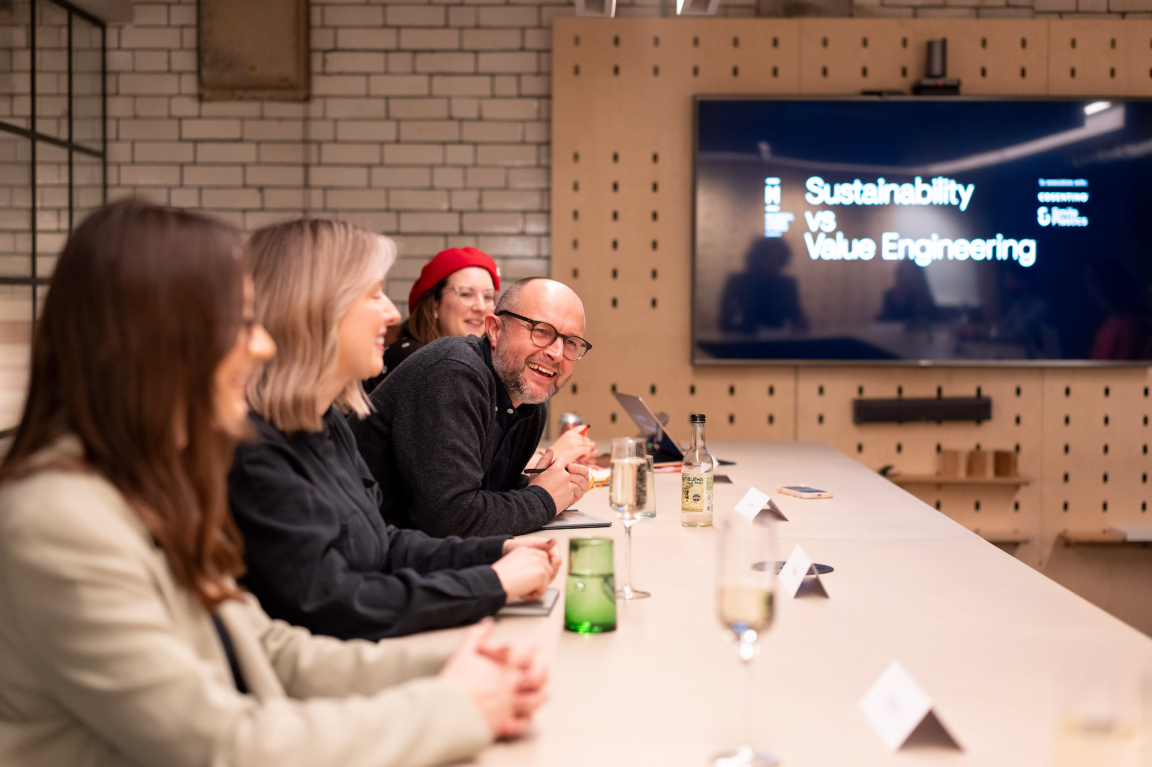
Single sided passion?
"I think that architects and designers are full of knowledge and passion", suggested Christina Belkacem, owner, Elka Studio, "but there's a lack of communication between us and say the quantity surveyors." Because of this, Christina believes that products and materials could be knocked off the specification, as the context around why they were chosen in the first place hasn't been passed on - "there's a gap - both in terms of communication, and perhaps training".
Ellie Kuitunen, principal consultant, Hydrock, also added that in the majority of project teams, there isn't a role for engagement across the board.
"Are architects and designers better informed on this subject area than quantity surveyors, project managers, and contractors?" asked David. In the experience of those around the table, "yes" came the reply.
As the guardians of product knowledge, Jason Cox, general manager at Cosentino - a global, family-owned company that produces and distributes surface solutions - argued that perhaps it's the role of the supplier to fill that gap.
"We understand there is an initial design intent, and we position ourselves to align with that, but we also have commercial awareness that there are other stakeholders with their own intentions." From held stock and availability, to logistics - Jason outlined that cost savings that sit outside of the product itself - currently, which may not be being communicated to the contractors, quantity surveyors and project managers, could easily be shared. And in fact, might save a more sustainable option from the chopping block.
"We need to look at cost and sustainability as a whole and as a spectrum", commented Ellie McCrum, associate designer, Ekho Studio. "It's our role as designers to find somewhere in the middle that everyone's happy with. We're pushing for sustainable materials and products but they often do cost more. We need to have the facts and stand our ground and argue our point when needed - sometimes we have to battle."
"Again, it's about communication", offered Phoebe, "so it's not a surprise." Lauren Maylor, co-founder & director, Project Studio, raised the point that it's also about client motivation - "not all clients are going for accreditation."
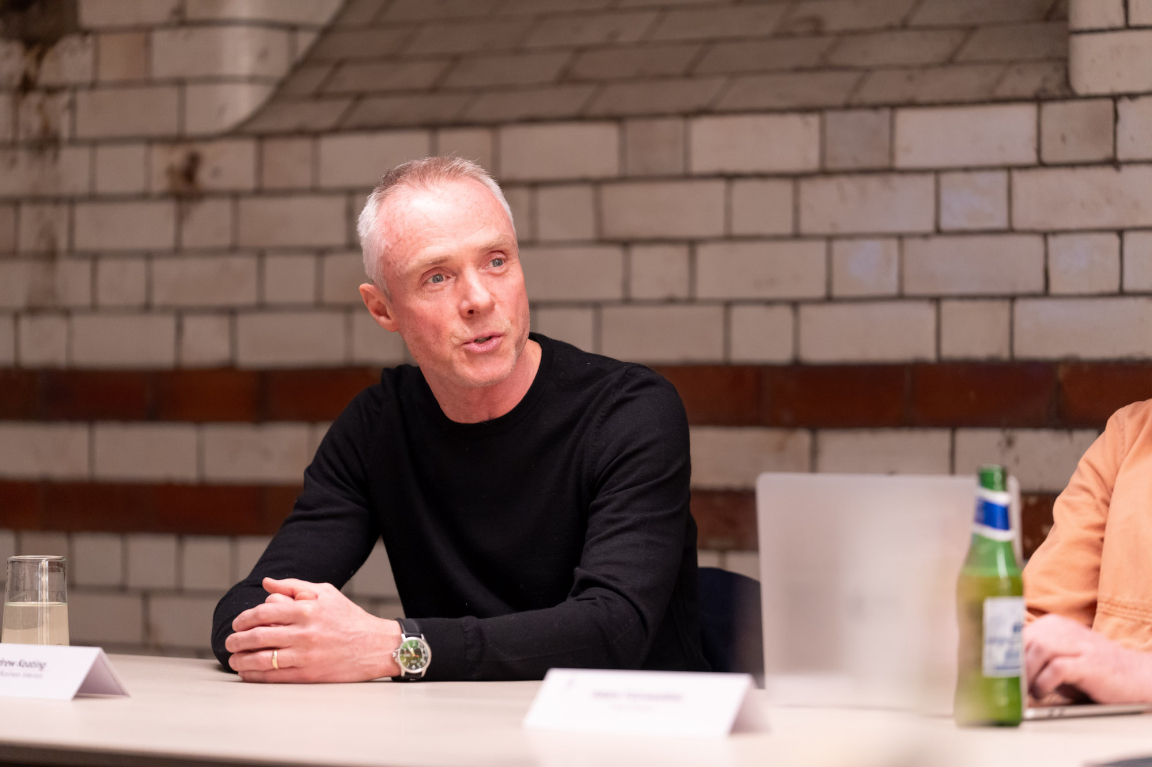
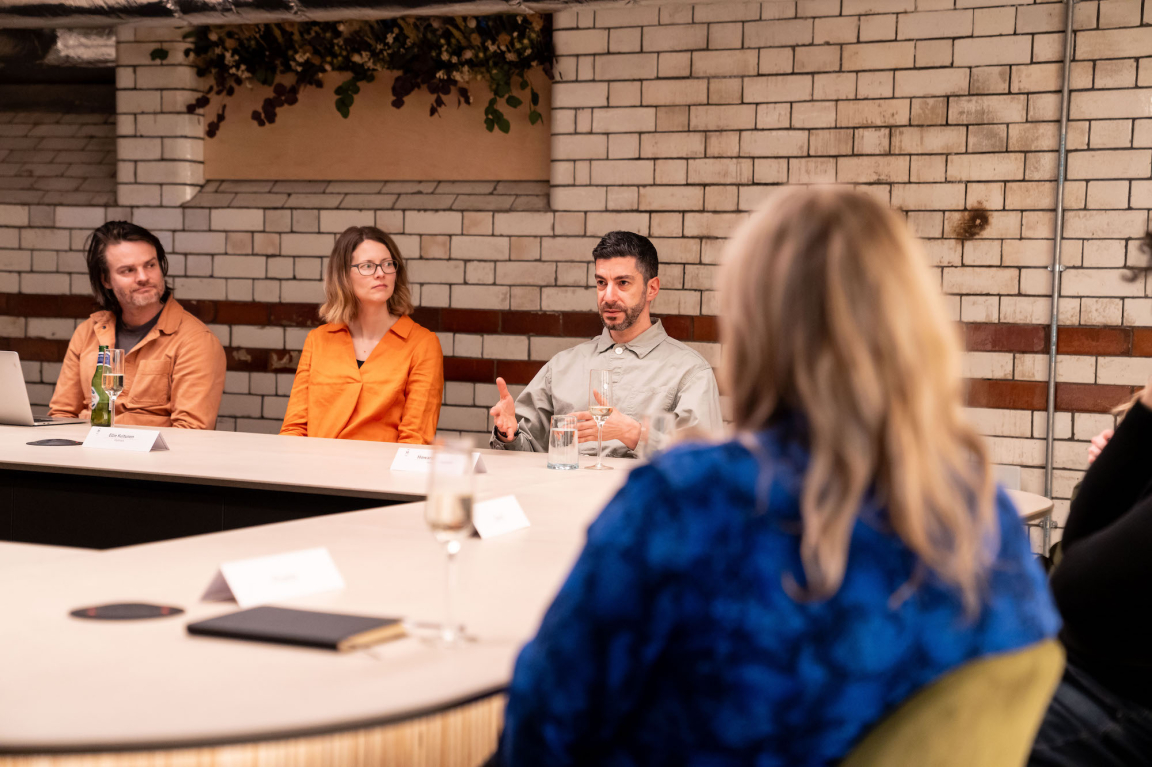
Accreditation = merit?
According to the guests - both in the room, and in the audience at our most recent sustainability seminar, accreditations aren't cheap. David asked, are they worth it?
"They are useful for client buy-in", responded Christina. "They can see if they want to achieve 'gold' for example, then this is what they'll need to do. It creates a system right from the start when it comes to sustainability. They have to keep the products and finishes you've put into the scheme or they won't achieve that rating."
"So this is a positive thing, then?" queried David, "And the negative is perhaps the motivation?"
A clients' motivation is said to vary with some wanting the healthiest building they can achieve, while others view it as a marketing strategy.
Part of the outlay in achieving accreditation involves extra time and effort from the designers themselves, but Ellie Kuitunen thinks that regardless of the initial motivation, accreditations offer a framework, and an extra layer of trust for the client - "there is rigour in the process".
In some local authorities, accreditations such as BREEAM are no longer just a 'nice-to-have', but serve as mandatory policy for all new developments. Phoebe cited Stratford-upon-Avon as one such location - outlined here in its Neighbourhood Development Plan.
Adam Fairweather, founder director, Smile Plastics - a manufacturer of 100% recycled/recyclable panels for commercial interiors, believes these councils may be seeking to aid designers in their work - "it enables a different mindset".
On the topic of nudging behaviours in a more sustainable direction, the discussion moved onto target setting - by local or central government - for hitting the likes of Net Zero. But a lack of funding, particularly in the public sector, has meant segments such as social housing are way behind what's been outlined as expected. This prompted a comment from Phoebe, "It's healthy having targets in place but there needs to be a dose of realism."
"Isn't it more a signal of intent, though?" asked Jason. "Doesn't it say to everybody, this is the direction we want to go in and where we want to get to?"
Andrew agreed, "It's good to have targets. Innovation will thrive in the private sector if the pressure comes from the public sector - it starts new businesses and allows innovation."
"This may help drive demand for sustainable products too", added Lauren, "plus price them down."
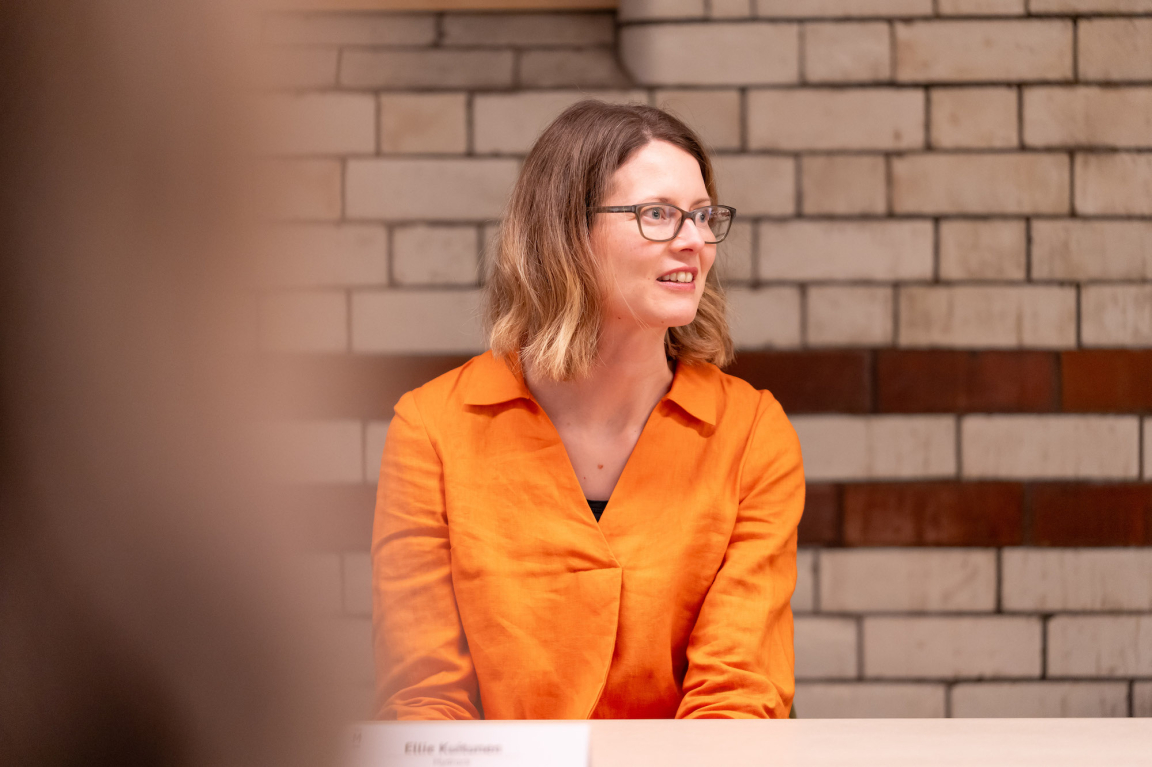
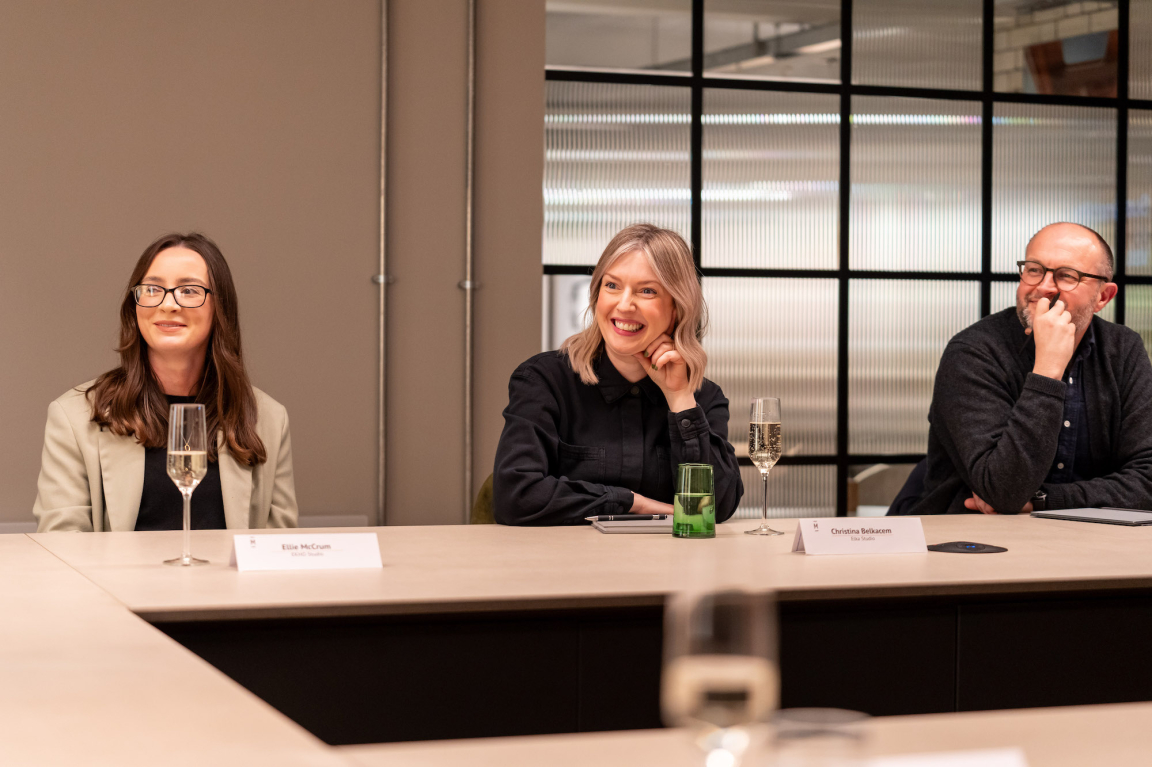
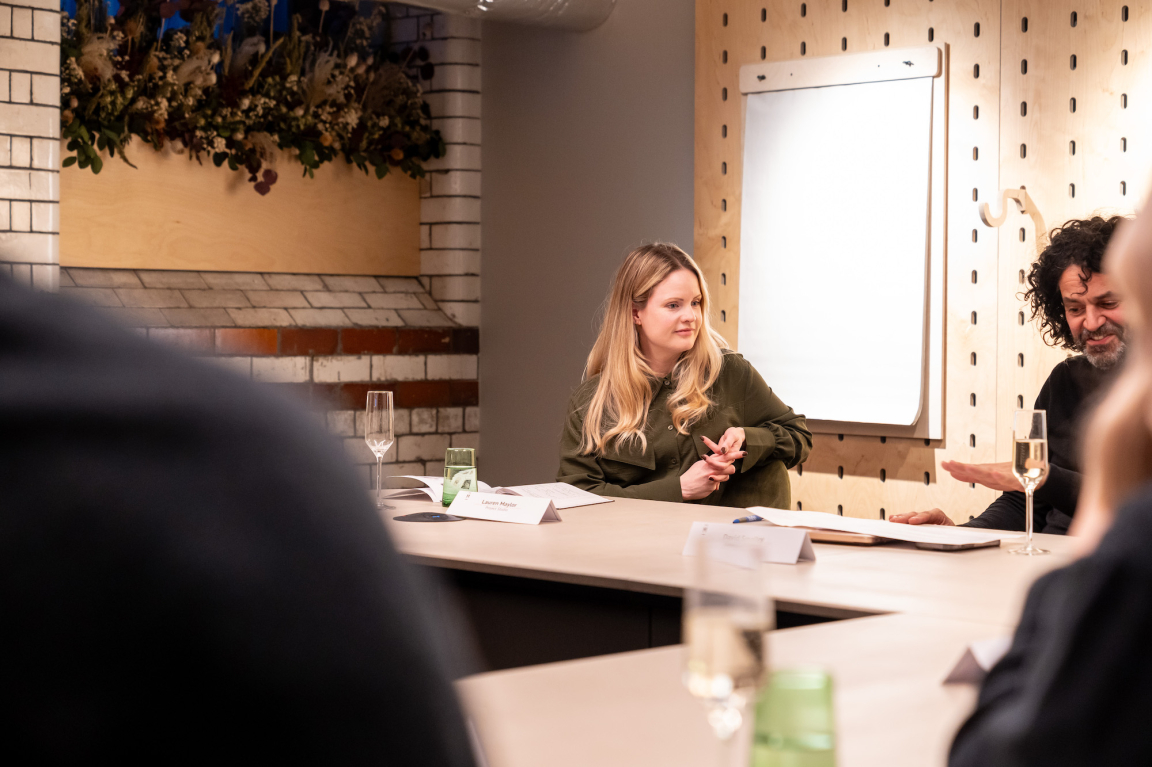
Does value engineering always equal devaluation?
A point raised in 'the real cost of sustainability' seminar suggested that value engineering can sometimes be mistaken for devaluation. David asked whether the roundtable guests agreed.
"We aspire to create beautiful interiors that are sustainable too - but when it comes down to being costed, these can be chipped away. And I'm sure we can all agree, we don't want to be defined by value engineering? We want our designs to stand on their own two feet. A term that gets thrown around is 'it will probably be 'VE'ed' out' - but is that really healthy?" asked Lauren.
BTR was highlighted as a sector where many design considerations come into play - from durability to tenant appeal - of course, always within a budget. But locally-sourced products and materials are favoured here - and valued - for their community connection. And sometimes, as Andrew, brought up, it can actually be the value engineering process that becomes the source of more sustainable - local - solutions.
"As contractors, we want to keep everything in a scheme", he said. "We might be driven by the client's budget, but it's a partnership between ourselves, the designers and the surveyors. Where we can help is through our connections to local manufacturers and suppliers - while cost savings could be made here, we may save air miles in the process while supporting investment in the local economy at the same time - there's this kind of sustainability to consider too."
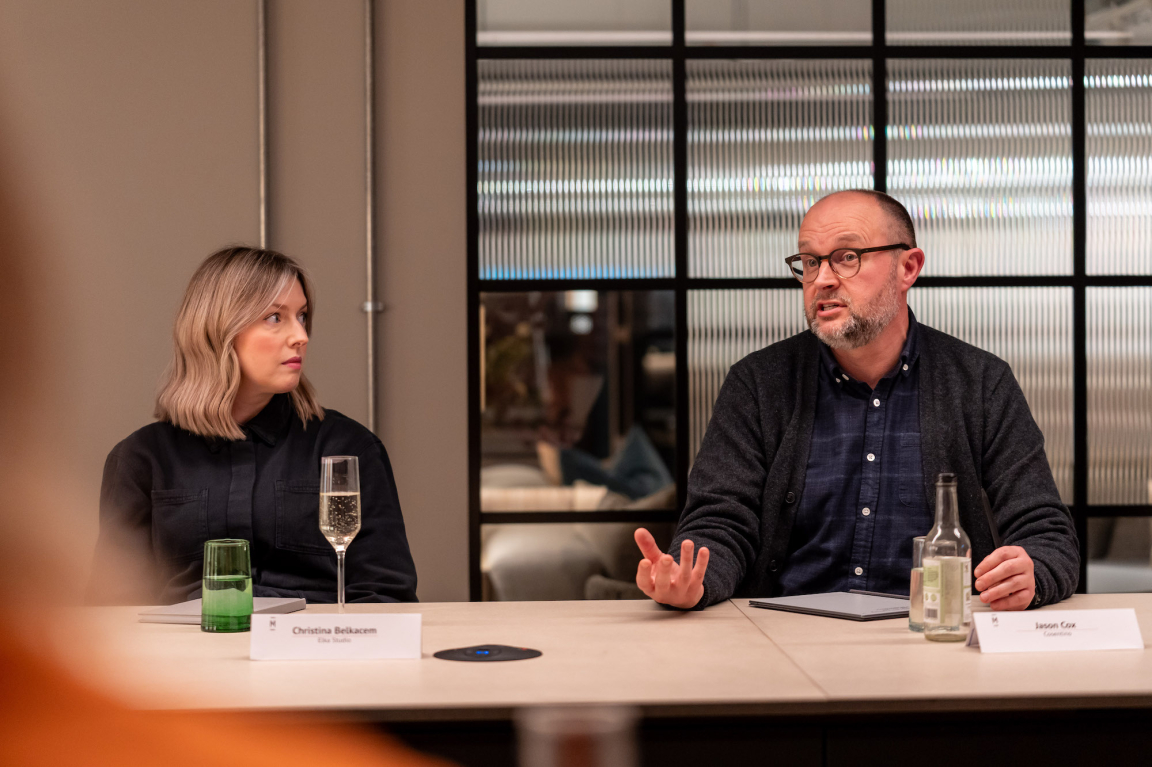
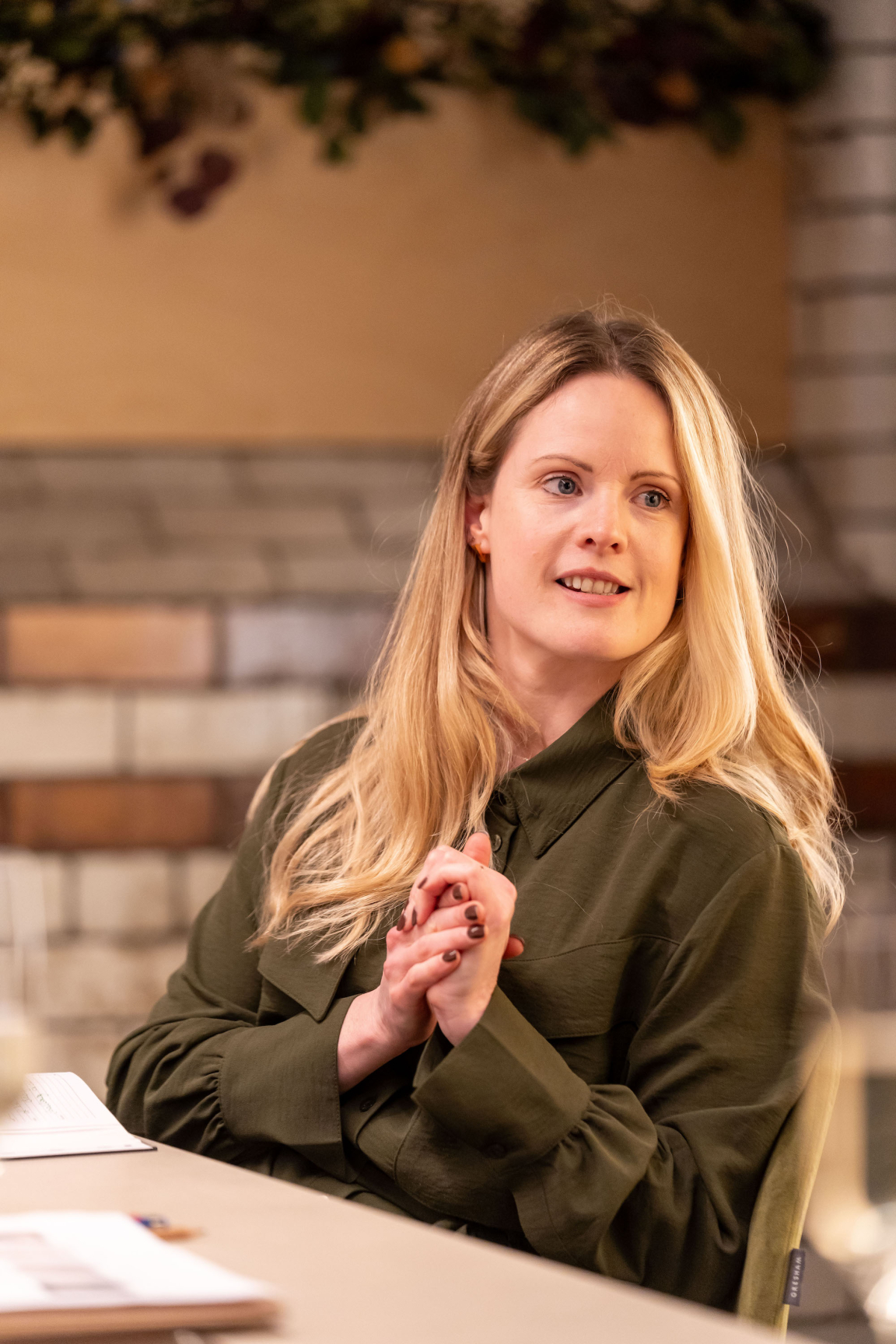
Reduce, reuse, retrofit
Locality became hugely important during the Covid pandemic, when the country went into lockdown, and materials became, as Howard described, all but "obsolete". During this time, the Incognito team worked on what would go on to be the award-winning Pz Cussons Global HQ at Manchester Business Park, where more than 60% of the original building M&E was retained.
"We designed this during lockdown so all materials had to be sourced from within a 30-mile radius."
As well as a focus on reuse, wellness elements also contributed to the sustainability-conscious scheme, with landscaped terraces, spaces flooded with natural light, and beehives also incorporated.
Andrew, who supported Incognito on this project, added, "the first thing we should do on a project is assess what we should keep."
Covid also brought about the trend for home working, but Ellie Kuitunen pointed out that a reduction in central office space and a move to remote work does not necessarily mean greater sustainability is achieved - "there is a danger when you reduce office space and those people move to working from home that there's an increase in emissions - so while the organisation's footprint may get smaller, it might not be better overall for the planet."
Though, as David pointed out, savings are also made in the lesser need for commuting. "There is a delicate balance that needs to be struck."
For those businesses that are looking to improve their workspaces to entice their teams back in, retrofit and refurbishment are seemingly more favoured than ever before. According to a piece by the Business Desk, which shared the latest annual Deloitte Crane Survey results: "of all the floorspace under construction in 2023 [in Manchester and Salford], refurbished office space made up 53%, with a total of 1.2 million sq ft. This is the first time that refurbishments have overtaken new construction."
Is this then the Golden Age of retrofit? Potentially, yes, came the response - but not without its challenges.
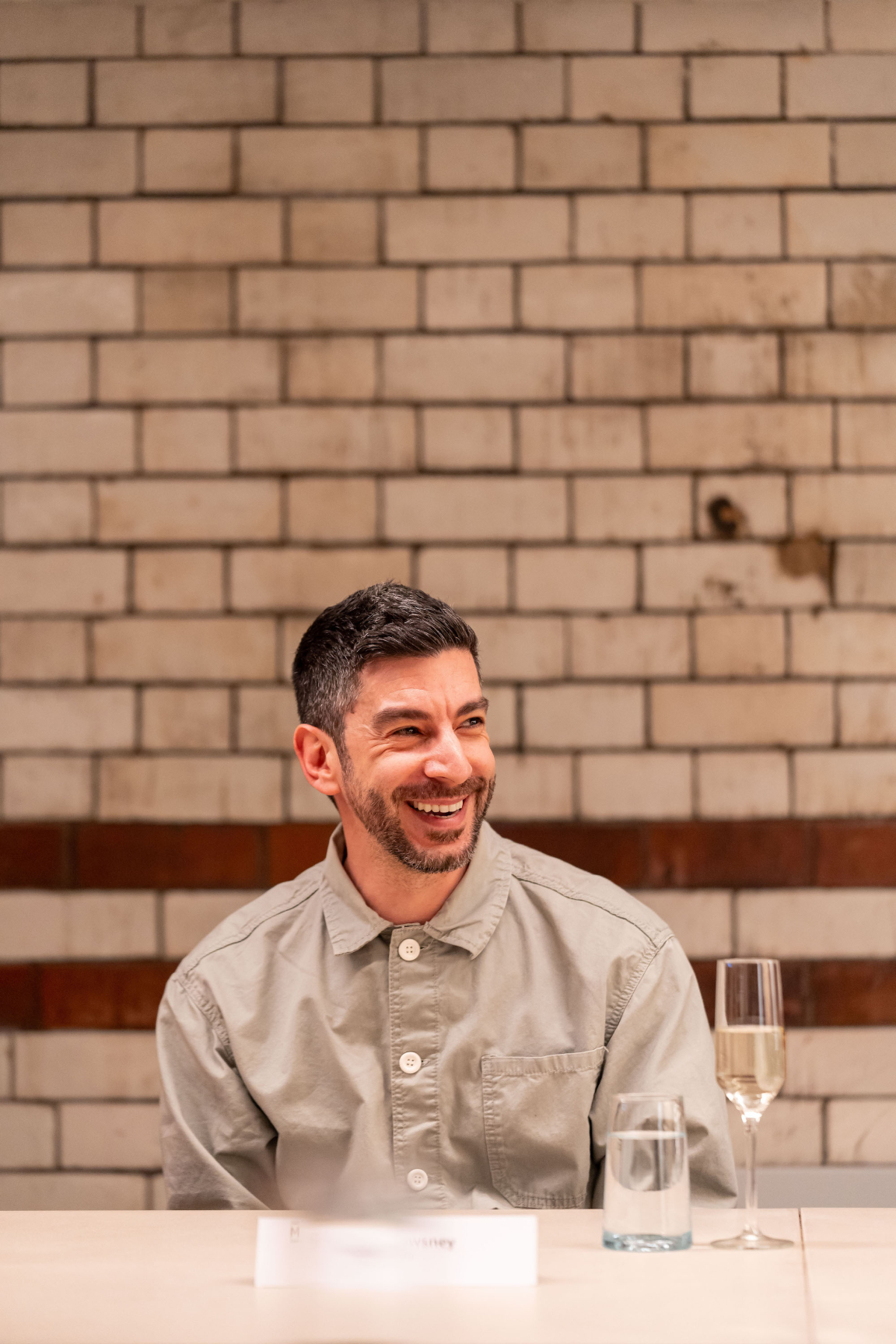
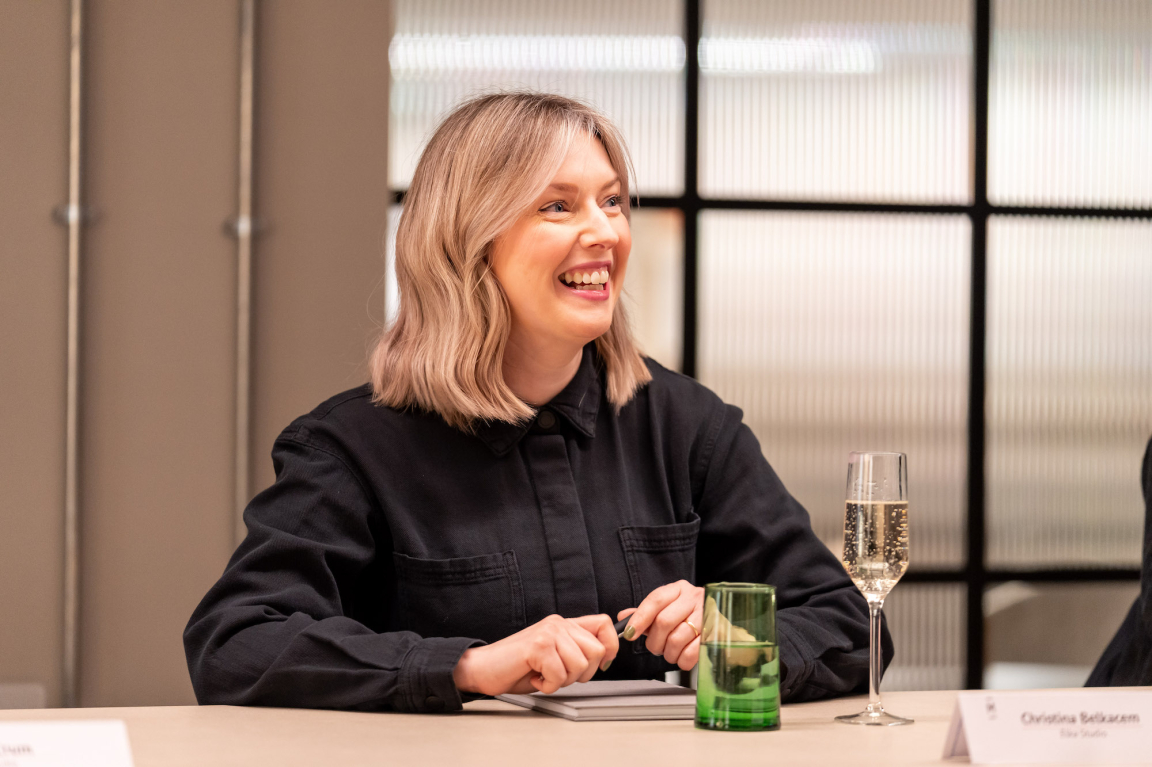
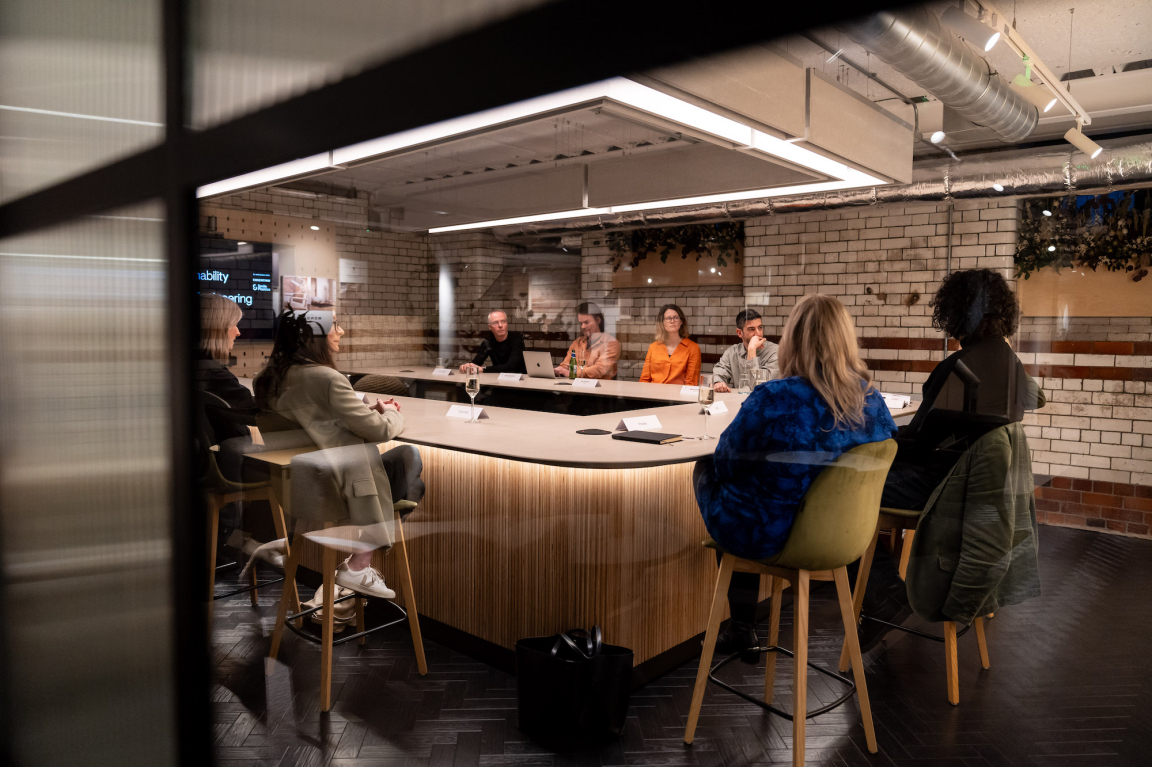
The pitfalls in planning
Retrofit of heritage buildings come with much appeal, and according to Phoebe, are occasionally easier to secure planning, in comparison to new build. However, it's not unusual for these types of projects to throw up - expensive - curveballs. Quite often, once the job is underway. Which can lead to developers naturally being cautious about taking projects like these on in the first place. "There's often a disconnect with how much restoration projects can cost - there are a lot of planning considerations and legal obligations to balance.
"Planning is incredibly subjective and relies on planning balance - it depends on the local authority you're working with and the conservation officer’s professional opinion [if regarding heritage projects]. The success of a project comes down to communication and building good relationships with the project team and the local authority from the outset."
Anecdotes shared from around the room ranged from time-intensive lath and plaster ceilings needing to be re-done, to windows having to suit the heritage style of the building meaning the client opting to keep their existing single-glazed windows instead of swapping for double-glazed. Christina feels that, currently, there isn't enough flexibility in the system.
Are sustainability and VE incompatible?
Bringing the discussion back around to the evening's core theme, David asked whether the group felt sustainability and VE are incompatible.
Interestingly, Lauren shared that although on the face of it the automatic response would perhaps be, yes, "value engineering can challenge creativity - it encourages thinking in a different way. How can sustainable materials be used in a clever way? It keeps us on our toes."
"It's about finding that sweet spot between how much VE you're willing to accept, in line with the client's budget, so everyone's happy", added Ellie McCrum.
"For us, it always works best when we're involved early in the project", commented Andrew. "It has to be a collaborative partnership, because if we can see what products have been built into the design at the start, we can begin to feedback on budget and suggest different ways of doing things. This way everyone's onboard and it's not a battle between designer and contractor."
This request to be involved early on also came from the suppliers, with Adam urging designers to get in touch to discuss their requirements as a solution can always be found. "Sometimes it's about pushing back and asking questions. We recently worked with a housebuilder client that had initially thought our product may be too expensive. When it was all costed up, it transpired that actually our panels cost less than opting for tiling. If we can collaborate on a project then there is always the opportunity for flex."
"And giving the client agency", added Jason, "involving them in the creative process."
"Otherwise, there can be a narrow view on cost", pointed out Ellie Kuitunen, "with no thought on what comes further down the line such as maintenance, for example."
For some clients, "there can be an attitude that sustainability is a nice-to-have", said Christina, "that it's an optional extra. But the way things are going, hopefully we'll get to a point where this is not the case - that it becomes equal to cost."
To summarise, David brought the conversation to a close, for now, with the final thought being that by bringing clients closer to the process of the project, they would perhaps see value rather than commodities - "It's about closeness and communication - connecting all the groups of people involved. Relationships and partnerships - bring these people in early. Plus knowledge, and, ultimately, balance."
As always, the hour flew by. But, the discussion continues on - over at our Glasgow Studio, with events happening all this week as part of our focus on sustainability.
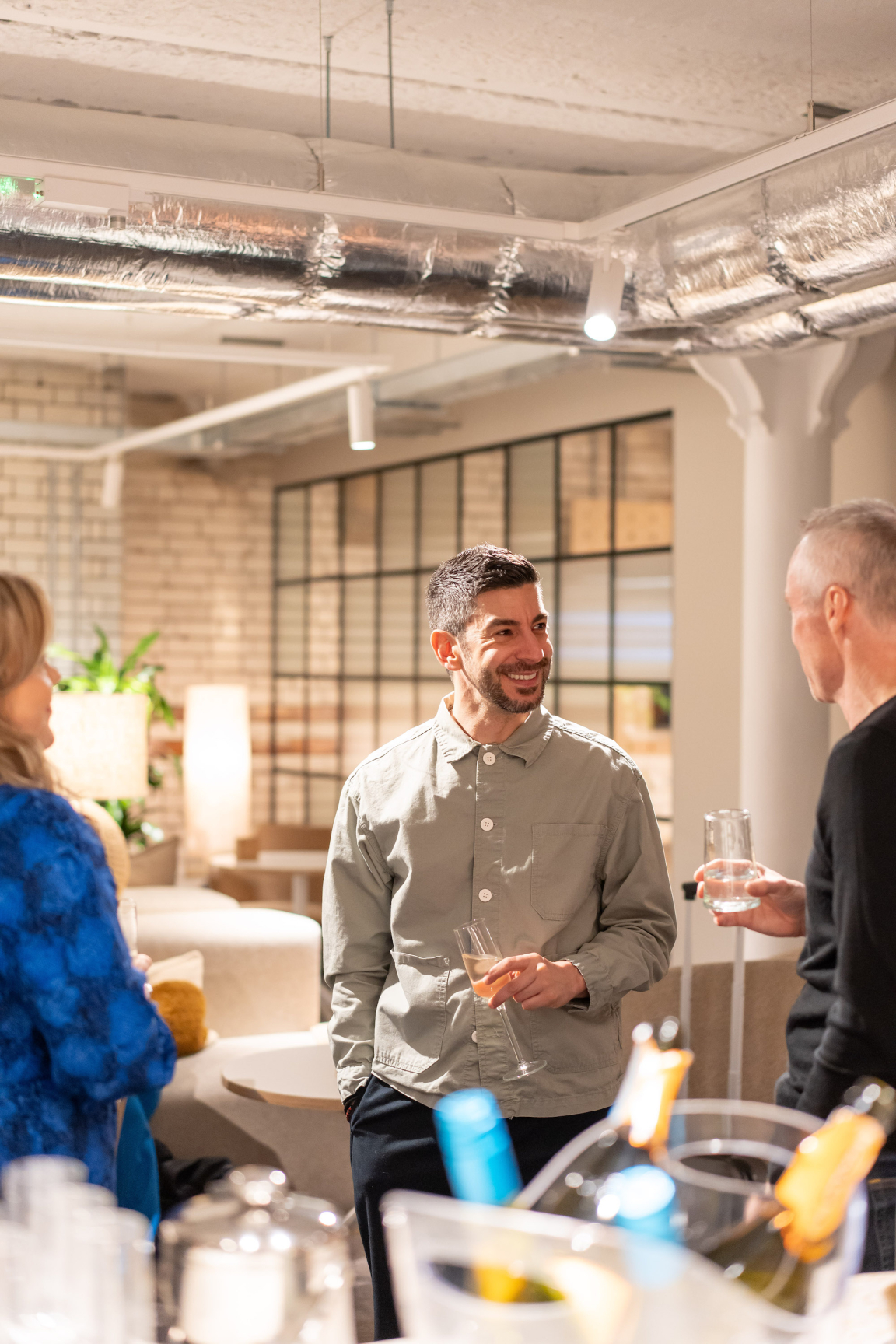
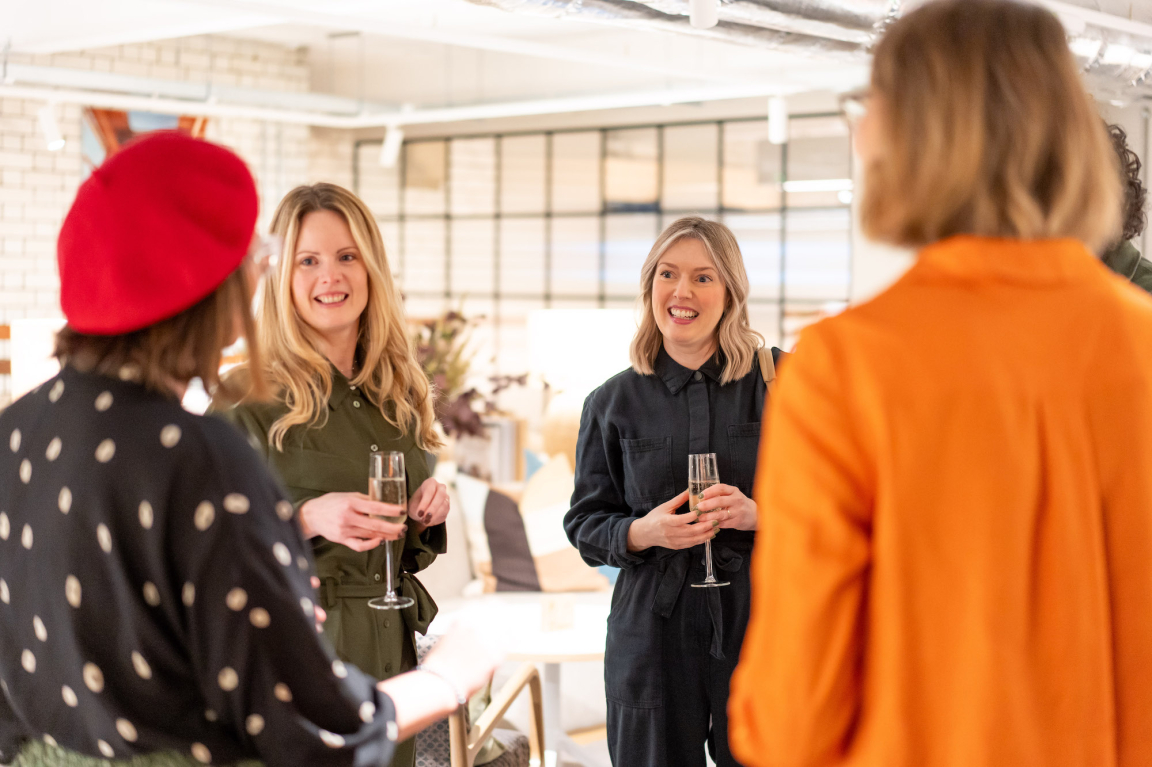
Check out our What's On page for more details of tonight's seminar on The real cost of sustainability with panellists Iain Black, professor of sustainable consumption, University of Strathclyde, & Alison McRae, senior director, Glasgow Chamber of Commerce, followed by a roundtable tomorrow. All this week's events will also be written up, so stay tuned.
Huge thanks again to our roundtable guests, and to our supporters for the evening, Smile Plastics and Cosentino.
All image credits: Victoria Middleton





